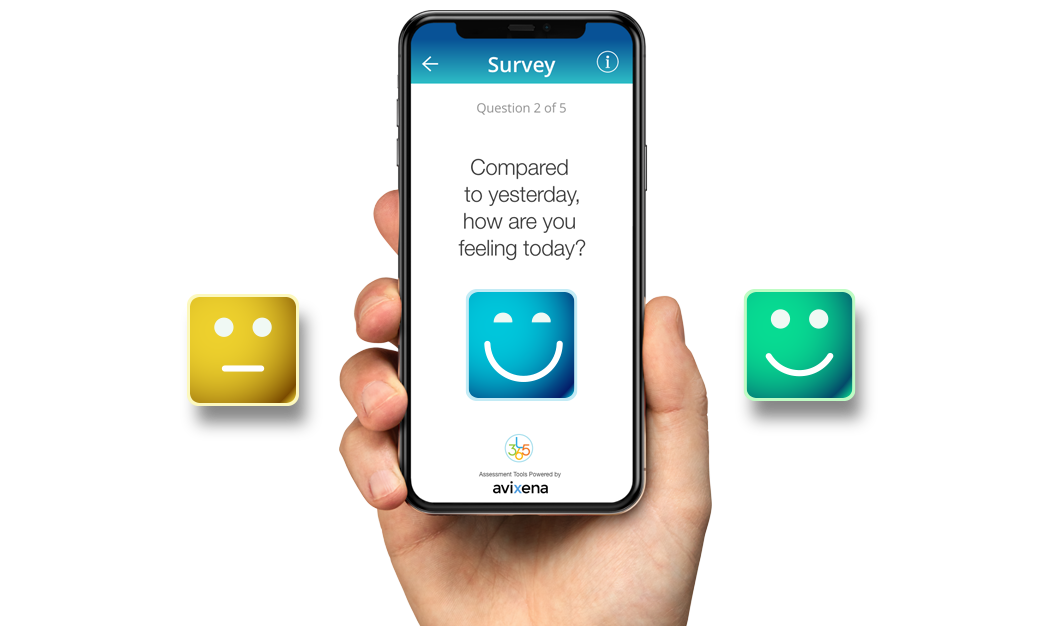Kent E. Dicks, Founder & CEO of Life365, shares his insights on designing patient-centric digital health solutions, accelerating remote care adoption and driving innovation at scale.
Patient engagement is vitally important for patients managing chronic conditions. Patients play the main role in managing their care, with significant commitment to healthy lifestyle behaviours, and the requirement to follow treatment plans and therapy closely. Therefore, it is imperative for care providers to implement programs that help improve the ability of patients to better self-manage their conditions.
We’ve outlined some tips for engaging patients in a remote patient monitoring program. The goal is to support patients, increase participation and satisfaction, and prevent program drop out.
Patient Enrollment Criteria
- To qualify for remote physiologic monitoring services (RPM), a patient needs to have one or more acute or chronic conditions. While this may include a large number of eligible patients, you may consider starting or designing programs for specific conditions, for example a weight management program for patients with obesity, or a diabetes management program for diabetic patients. Before implementing a remote patient monitoring program and onboarding patients, it is important to detail what your inclusion criteria might be, or exclusion criteria, if appropriate.
Set Expectations
Ensure patients clearly understand expectations, and associated costs, if they are to participate in the program.
- It is important to inform the patient of costs they may incur to participate. There is a 20% copay for RPM which is a part B service, however, more than 80% of Medicare beneficiaries have supplemental coverage, oftentimes covering copays, and dual eligibles will also have copays covered. Ensuring patients understand any costs associated with the program can help prevent dropout and ensure the patient is invested in the program.
While the patient may incur some cost to participate in an RPM program, you can share the benefits of participation. The patient will receive one or more medical devices to capture their vitals, and a clinical staff member will communicate with the patient monthly to discuss their health, goals, provide education, and more. - For providers to bill for RPM, a patient must take a minimum of 16 readings each 30 days, and a staff member must spend at least 20 minutes of time providing treatment management services for the patient each calendar month, which includes some point of “interactive communication” (e.g. a phone call) with the patient.
Inform the patient of what your team’s expectations are. Some examples for RPM program participation may include the below;
- Try to take readings daily with your devices.
- A staff member will check in with you each month at your preferred call times.
- Devices will be returned at the end of your program at the request of a care team member.
Patient Technology Training / Installation
Successful programs depend on the acceptance and use of technology by patients. In our experience, comprehensive patient training is key to sustainable adoption that will lead to long-term participation.There are various ways to offer training and support to patients, we have listed some options below from least intensive to more intensive.
- Self Guided - User materials with instructions and tips for using the software / devices / applications. These should be made available physically and available online digitally.
- Remote - Guided installation and training via phone / video chat. This service does not necessarily need to be provided by a clinical staff member, auxiliary personnel can complete these steps, or a non clinical staff member can be a good option.
- In person - If you have the ability to train patients in person, this is the most ideal option. Keep a demonstration unit on hand to walk patients through the equipment they will be using. If the experience requires the patient to download any applications to their personal devices, help them download the applications and log in. If Bluetooth devices need to be paired, help them pair the devices to their smart devices, and show them how to use the device to take a reading. Ensure all is working properly, or that the patient understands how to get set up and started.
- Help patients understand how to use their medical devices. For example, ensure patients understand how to properly take a blood pressure reading, help them adjust the cuff size so it is not too tight or too loose. Some devices are more complex to use than others (ECG’s, Spirometers, Glucose meters etc.), a quick demonstration can ensure readings will be taken correctly.
Caregiver Monitoring and Coaching Support
- Develop a treatment plan for the patient. Treatment plan could consist of diagnosis, goals, measurement devices to be used, and services to be furnished by the care team. This is not not to be confused with the comprehensive “care plan” required for CCM (chronic care management), which is not required for RPM.
- Develop protocols for intervention and triage. Set thresholds so clinicians are alerted to abnormal readings. These may indicate the need for follow-up and patient communication with possible escalation. If communication is warranted — contact the patient and provide education, coaching and/or intervention.
- Patients are paying for a service. Ensure the services they are receiving are beneficial and helpful. Develop a well rounded coaching curriculum for a program that touches on various areas of a patient’s needs, this can ensure a comprehensive coaching experience for the patient. Healthy behaviours, symptom management, diet education, disease management education, appointment reminders, medication review, stress management, etc. are all areas that can be included in the program.
Gather Feedback / Adjust
Continuously evaluate the program, impact and quality to ensure real-time improvements are applied and future learning needs are uncovered.
- You can develop reporting requirements to help with evaluation. Utilization, patient outcome, and patient and clinician satisfaction are some assessment tools that can be used for evaluation.
References
2021 Physician Fee Schedule Final Rule - https://www.govinfo.gov/content/pkg/FR-2020-12-28/pdf/2020-26815.pdf
2022 Physician Fee Schedule Proposed Rule - https://www.govinfo.gov/content/pkg/FR-2021-07-23/pdf/2021-14973.pdf
Latest Resources
Stay informed with our latest news, resources, and insights!
-1.png)


-1.png)
